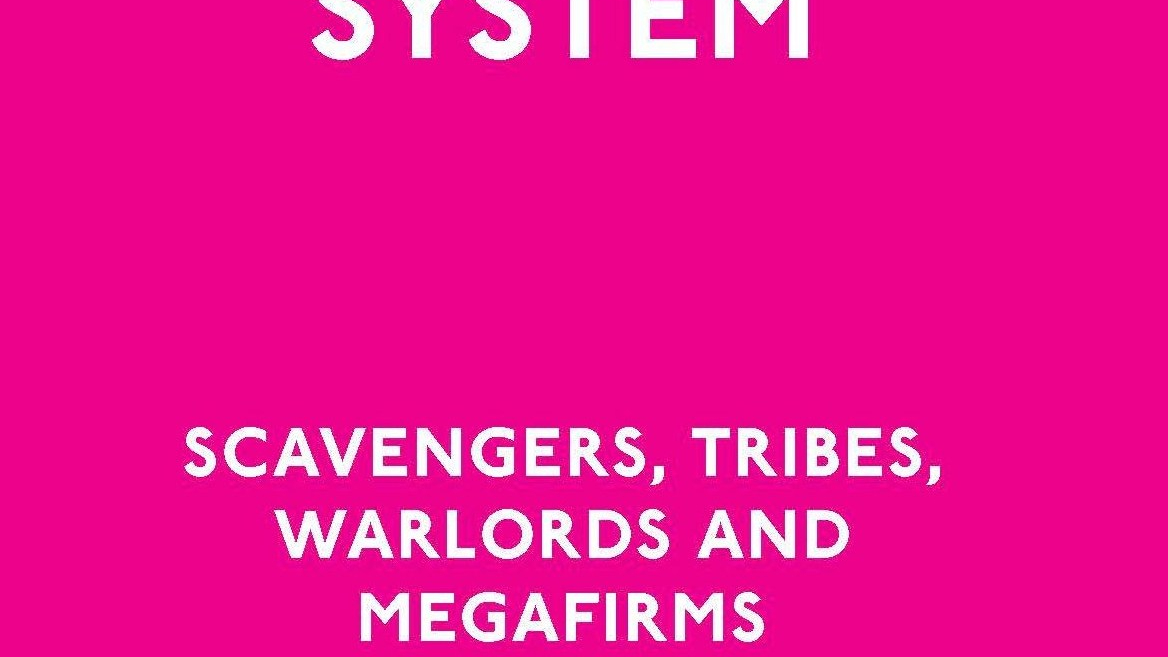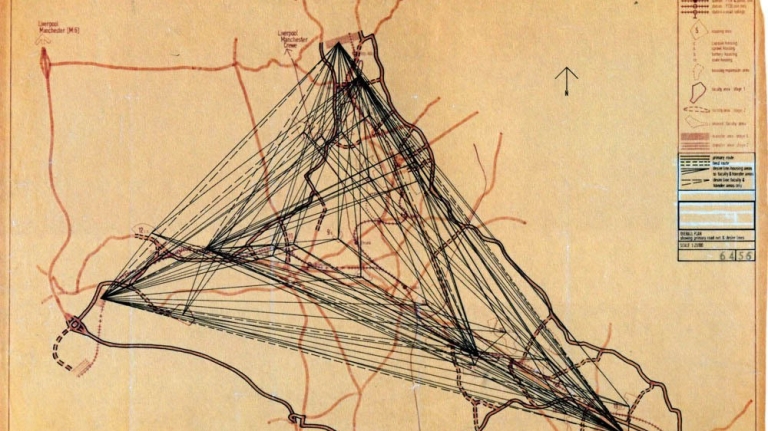This week I have been visiting quite a few crits and jury sessions at my graduate architecture school. After last week’s post every time the students saw me coming they appeared to panic. Nonetheless, I sat in the back of most of the crits and listened. It was great.
The experience, of looking at countless analytical diagrams, did make me think about the impact of big data on urban strategy and urban design techniques. Then I bumped into the poster near the lifts. It’s great the AA is coming for a summer break to MSD, our winter break, and our MSD grad school is having lots of great speakers. All the details are here, and I would encourage people to go along.
Sadly, I won’t be around to indulge in this fest as I will be in the northern hemisphere hanging out with what’s left of the Architecture Biennale after its Vernissage partay trashing. Even so, the poster got me thinking about architects and the technology thing yet again. As regular readers of this blog know I am over the whole parametric hoo-ha. Maybe it’s just the culture that goes with parametrics in architecture that I dislike.
However, what concerns me is that with all the obsession with new gadgets and technologies architects have arguably relegated the logistics of informatics to a forgotten territory. The new architect-as-maker paradigm has turned design aesthetics into a construction supply chain wet dream; a meta-narrative of commercial innovation; a fantasy that we architects can be like subbies (sub-contractors) and tradies. An architectural focus on the technology of gimmicks, the making stuff, is one thing but what about data analytics? (My previous post on big data and practice can be found here).
Technology management and strategy is not something that is taught at architecture school, and I am wondering how the design studio and architects in general will, and should respond to the mass of data and information now coming down the pipeline. So to help, and to prove I am not a complete IT atavistic type here are a few clues to help you get your head around so-called big data.
Redundant Instruments
In engineering and manufacturing, policy types are starting to talk Industry 4.0. However, for architects hunkered down in the maker-space construction supply chains it’s like we are doing all the bits but not the strategy that goes with it. However, the broader question should be: Are all the old polarities of architectural and urban design technique relevant? Typology, functional zoning, densification, “activation” and the like. A lot of the architect’s toolkit of urban analytics appears to be related to the Smithson’s notions of diagramming, and while I would be the first to point to the importance of these legacies, the new digital technologies are swamping these approaches and techniques of urban analysis.
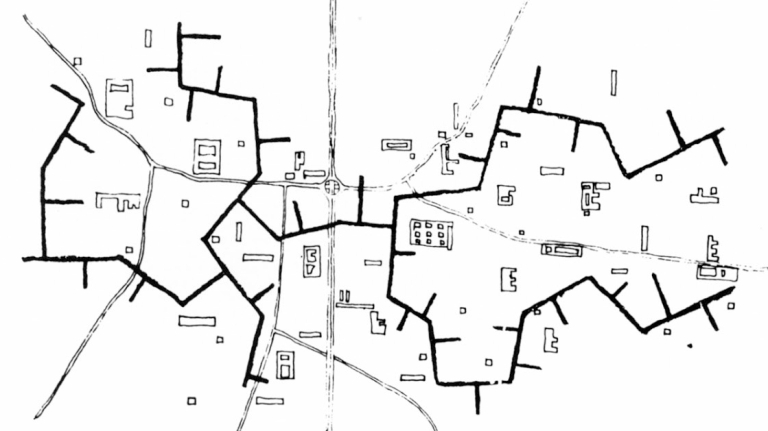
However, cities are no longer the economic engines of American industry or post-war reconstruction. It was these types of post-1945 cities that the Smithson’s and the other post CIAM architects employed their toolkit of pencils, butter paper sketches, ideograms and collages to analyse.
With the rise of policy concepts like Industry 4.0 and the so-called internet-of-things (which always makes me think of this) architects and urbanist are now facing a different set of conditions.
Data analytics is a design issue
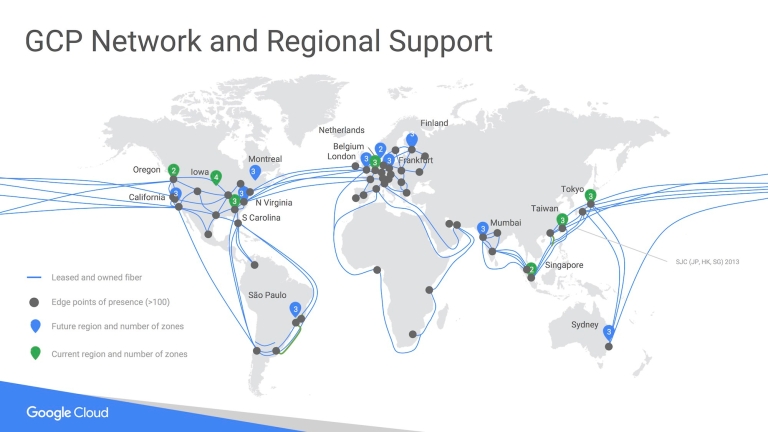
How do architects design with data? Even the interns at Hadid’s are beginning to experiment with the Internet of things in workplace design. A few people have started to discuss the idea of data augmented design. However, most of the current work in this field appears to be focused on transport planning and logistics.
Perhaps the first step for architects is to begin to understand the basics of IT infrastructure. Hey, where does all that data go? As physical entities, Data Warehousing appears to exist on the periphery and in the cracks of cities. Where does all that go and who is responsible for data security. In the wake of Cambridge Analytica how is public and urban data captured, stored, secured and surveilled? What are the physical interfaces between this hidden ecology and the servers that it all resides in?
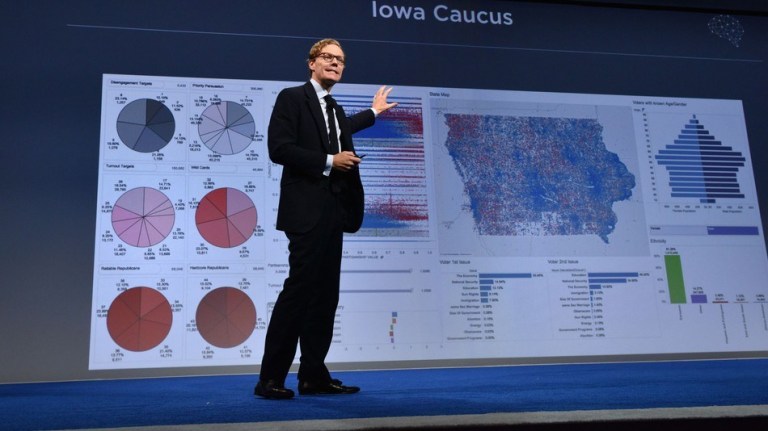
As Lev Manovich and Agustin Indaco, argue analysing social media posts can yield much information about the built environment.
Data is big really big
That’s why it is called big data. With the onslaught of digitisation, every action generates and spits out data. There is social media of course but once the Internet of Things kicks in it will probably get bigger. Plus it is not just about physical objects spitting out information. There is all the data collected from social media and google apps.
AURIN which is a data provider to researchers have over Over 3500 datasets from 98 sources cover disciplines including demography, property and housing, transport, health, energy and water.
Agency and the Hackable city
It’s pretty easy to mouth off about It’s pretty easy to leave it to the experts. However, in doing so architects risk losing ground unless we can integrate our ways of spatial thinking with these The size and scale of new data sets and the skills needed to analyse these sets is not something architects should avoid if they are to be serious about tackling the urban design of future cities and settlements.
The hackable city project in the Netherlands posits that there are opportunities for
“platforms offer for modes of collaborative city making that empower (hyper)local stakeholders in an open and democratic society.”
Such sentiments may sound naïve, but they a are better than blind ignorance of the network of platforms that now consume and shape our cities.
Big Data is about decision making
Tools like SPSS and Matlab are ways architects can start to develop some of these things. But, hey we don’t even do excel at architecture school. Moreover, our idea of research methods is stuff about “creativity” and “design as research”. But maybe what we need are skills in topics including decision-making under uncertainty, optimal location allocation of resources, decision trees, linear programming, Monte Carlo simulations. Not to mention, linear and nonlinear regression, parametric classification techniques and model selection. Then there are methods like Neural Networks and AHP (you can read my paper on AHP here).
Predictive analytics
A lot of the work on predictive analytics in architecture and urban design appears to be centred on transport planning, pedestrian networks and agent and swarm-based modelling. Another development is the push for what has been called citizen design science. This is the idea that new technologies and data can be employed to help citizens to provide input and feedback into urban design and planning processes. I kind of like the idea of “crowdsourcing” opinions. I also wonder how that might work in the context of informal settlements. Predictive analytics would also be of benefit to Post Occupancy Evaluation techniques which architects are now increasingly returning to understand what the heck they are doing.
In understanding the dynamics of urban flexibility and reconstruction the idea of the hackable city and the idea of citizens agency. Such techniques might help architects and planners to abandon the old notions of analysis based on functional zoning and urban circulation.
Data Visualisation

Data Visualisation is where architects can go a bit crazy and really excel (excuse the pun). We all love a good diagram. Data visualisation is not about going down to the VR lab and hanging out in a VR hospital word or classroom to see what it is like. Is VR and AR really where it’s at for the future of architectural design? I think other technologies for gathering user data will be more critical than gimmicks.
In fact, I would rather hang out in a VR network diagram or graph. Data Visualisation would be like the Smithson’s diagrams on steroids. No, actually it would be more like meeting Alison and Peter Smithson in their little home the Upper Lawn Pavilion and giving them a few lines of coke and then seeing what happens on the butter paper.
